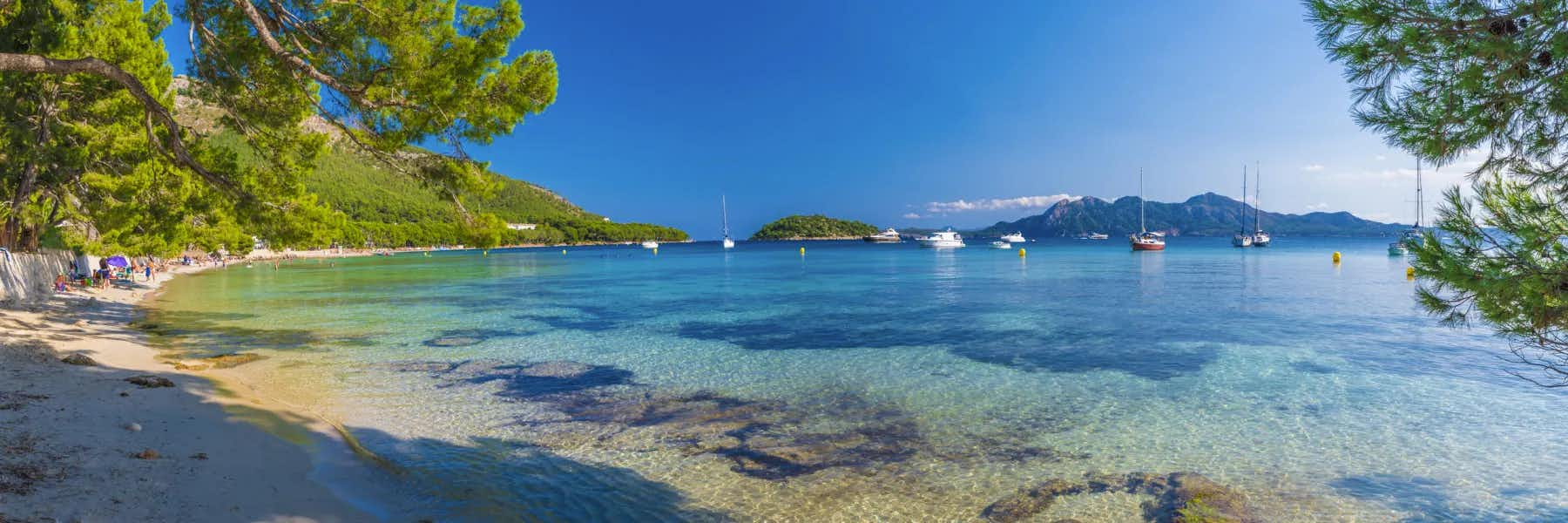Europe’s beaches are as diverse as the continent itself, which makes it puzzling that the overwhelming majority of visitors to Europe choose the established beachside resorts of Spain’s Costa del Sol, Italy’s Amalfi Coast, or the primped and pampered sands of the French Riviera as their beach destination.
Those elegant Mediterranean beaches are popular for good reason. Perhaps too popular—sipping a cool glass of Provencal rosé on the promenade at Cannes may be an enduring fantasy. But clambering for elbow room in sidewalk-melting heat can take the shine off that picture.
Happily, if you’re looking for a different sort of beach experience in the European summer, there’s a whole continent to explore, with a coastline as intricately patterned as a shawl of Portuguese lace. With a little effort and a rental car, you’ll find your own favorites. But to start you off, try one (or more) of the choices below.
Llanes, Spain
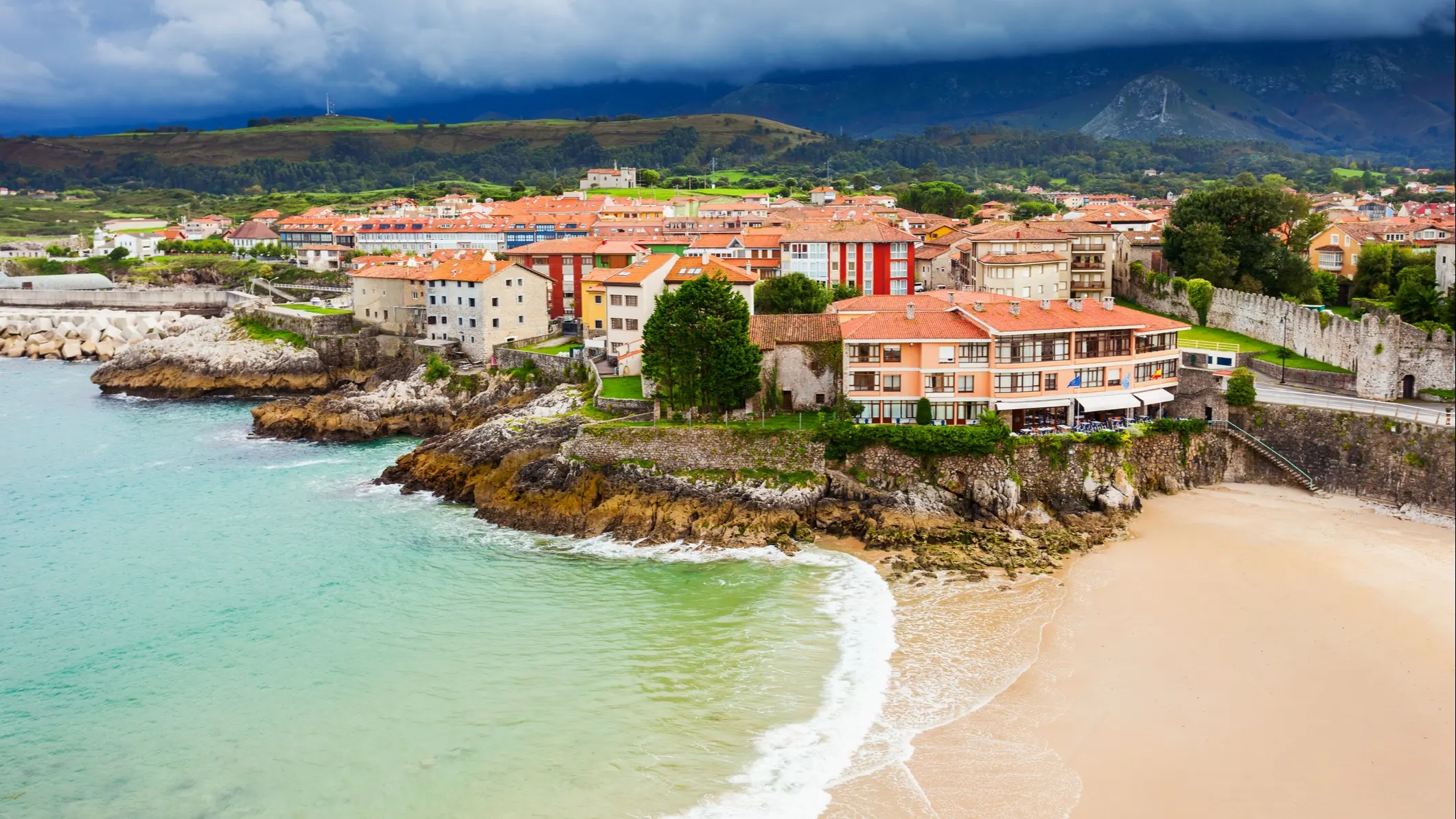
Even the most beautiful beach needs a worthy backdrop. Few are as exhilarating as the golden walls of the Picos de Europa mountains in northern Spain. Craggy, snow-capped for much of the year, and spotted with centuries-old villages so untouched by time that one—Bulnes de Naranjo—doesn’t even have a road connecting it with the rest of Spain. Where other towns boast Roman ruins, in the mountain town of Cangas de Onís the majestic arch of the Roman bridge spanning the Sella gorge is no ruin—it’s in perfect working order, thank you very much.
Choosing between beach and mountains is no dilemma in Asturias province, the needle points of 10,000- foot mountains plummet to the sea with a minimum of transition zone before giving way to a shoreline festooned with wide sandy beaches, cliff-encircled coves, and deep bays.
Pick the town of Llanes as your base, and you’ll have all the amenities of a beach town at your disposal. This is a resort from a genteel time, though— filigree cast-iron balconies overlook tiny fishing harbors. Floats and nets dry in the clean sea air. Elaborate glass awnings from the late 19th century add an Old World grace to pavement cafés, and while the tradition of bite-sized pintxo snacks arrayed on bar-tops has been imported from the nearby Basque country, the Basque tradition of charging for those snacks has not.
For the best of the many, many hidden inlets and beaches of Llanes, head westward out of town, past the delightfully named Poo de Llanes, and continue along the AS-263 for half a mile or so. About a hundred yards past the right-hand turn which is signposted “Punto Limpio Llanes” is a dirt parking lot on the north side. From there, a walking track leads some 200 yards to Playa San Martín’s clear, clean water and tide-washed golden sand. Swim alongside wading seabirds, and offshore islets with not a car in sight.
Parlimentia, France
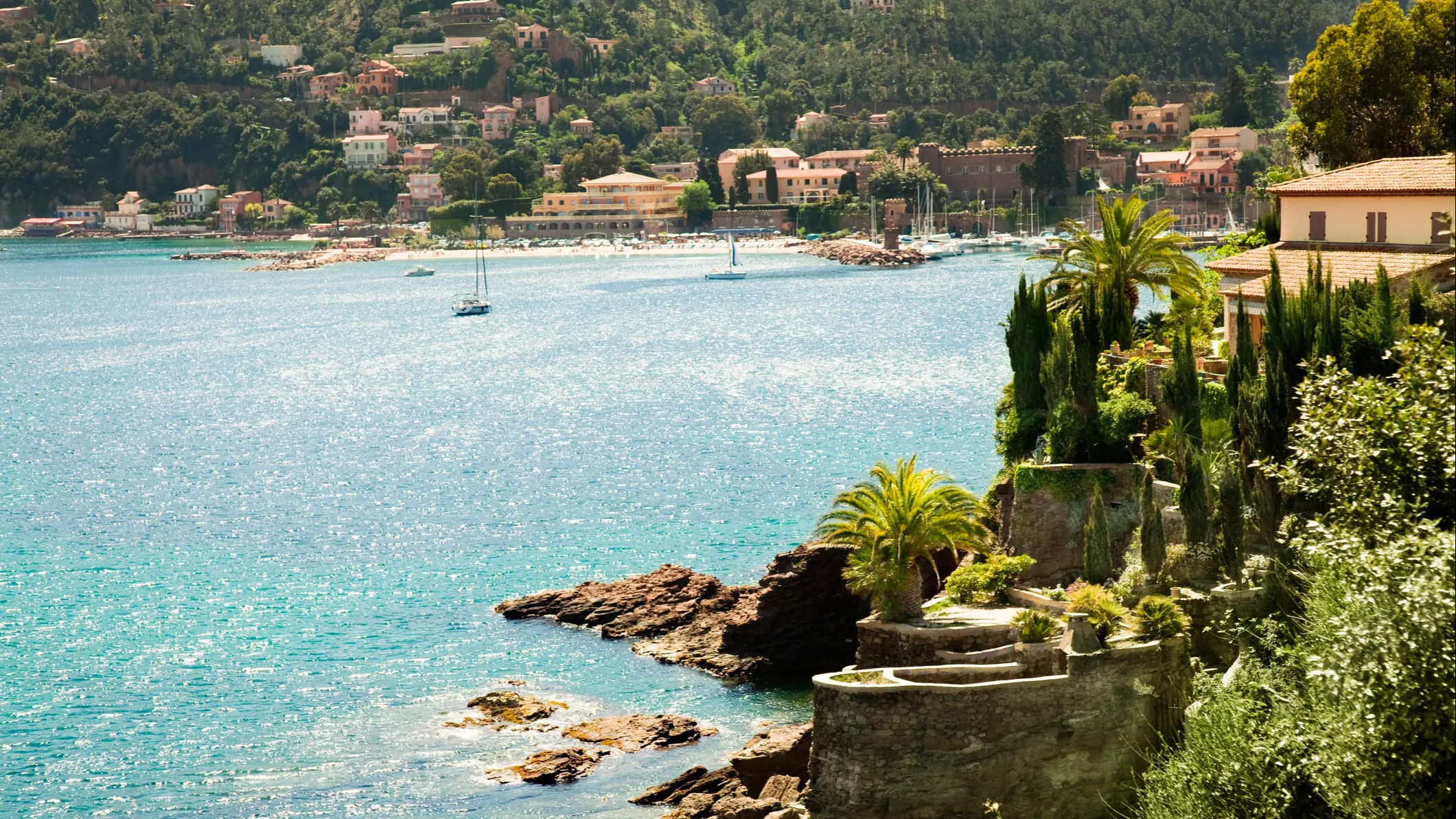
If, for some reason, you’re attracted to plastic yachts, ostentatious jewelry, and flimsy neon-hued beachwear, you’ll find all that, and more, in the glitzy French Mediterranean resorts of Cannes, Nice, and Saint Tropez. What you won’t find in abundance among the Russian oligarchs, Saudi princelings, and international jet setters is the French themselves. They’re all over on France’s Atlantic coast, where laidback surf culture meets traditional French sophistication, resulting in a glorious celebration of summer fun.
Europe’s largest forest lines the dunes from Biarritz to Bordeaux, tracked with bike lanes, walking paths, and facilities for almost every sort of outdoor activity you can name. Hidden, it’s not. But there are places to find a nook away from the crowds. Head a few miles west of the Belle Époque fantasy that is Biarritz. Cling to the coast road (Rue Gaetan de Bernoville) and take an unmarked right turn onto Rue de La Pile d’Assiettes—GPS will help here—to a small parking lot.
Follow the short footpath down to the water’s edge. Take the left path for Lafitenia beach, or right to Parlimentia. Both are connected by a teetering stairway carved into the craggy peninsula separating them. Either choice drops you onto a fairytale karst-stone cove hidden between the glamor of Biarritz and the discreet-but-wealthy Saint-Jean-de-Luz to the south. Traditional Basque wood-framed houses dot the hills rolling toward the Pyrenees, and the uplands of northern Spain are visible just across the bay.
Post-swim refreshment? Do what the locals do and head south along the A-6 tollway. It’s 15 miles to Spain. All those Michelin stars you’ve read about in San Sebastian’s culinary renaissance? Most of the chefs cut their teeth in the small towns between the border and the city. In Astigarraga, for example, traditional sidrerias (microbrew cider houses) are an unmissable occasion for cultural immersion. Diners make their way through a set menu featuring salt-cod omelets and enormous steaks of aged beef, washed down with unlimited cider served direct from head-high barrels. It’s a quintessential experience of the region, and an affordable treat at less than $30 a head.
Playa de San Juan, Lanzarote
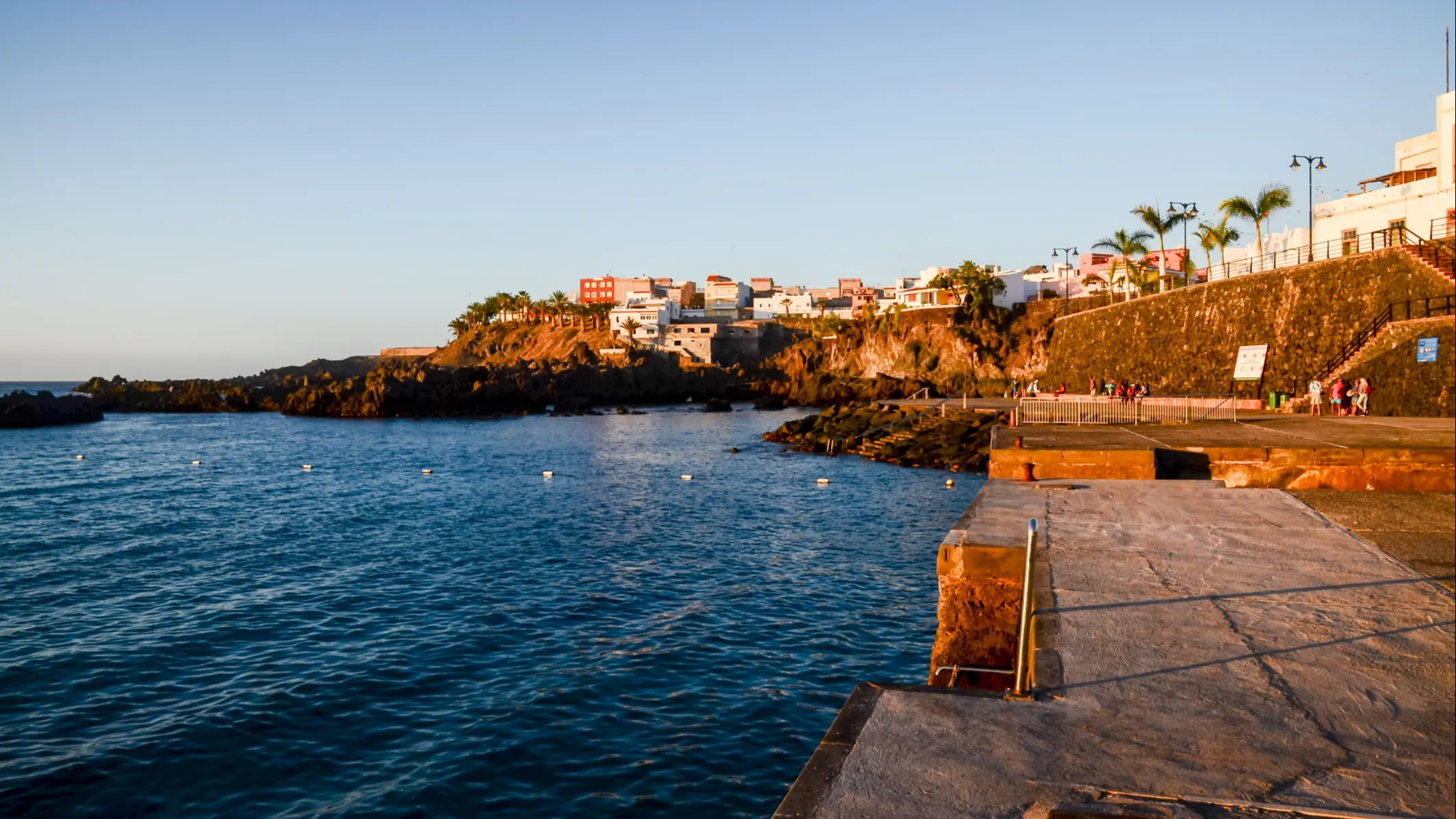
Lanzarote, one of Spain’s Canary Islands (although it’s closer to West Africa than Madrid) is home to landscapes more typical of the Atacama desert than anything you’d associate with Europe: lava fields, volcanic calderas, crater lakes in vibrant cerulean blue, rocky deserts, and precipitous cliffs. It’s drama on a grand scale.
On the northwest coast of this 30-mile long island, around the village of La Santa, the shoreline mostly consists of black lava rock formations plunging steeply into clear water. While that may seem unappealing on paper, in the flesh it’s a mesmerizing sight. Between the black rocks and bright sunshine, the deep water takes on a magnificent deep turquoise hue that you’ll struggle to match anywhere else on the planet.
Nevertheless, that counts neither as a beach nor as hidden. For something which is both, head farther north along the LZ-410 to Caleta de Famara. Spurn Famara’s main cliff-lined beach, and instead make your way through the village (grab some tapas from Bar Sol on the way—the fried calamari rabas on Lanzarote are crisp, fresh, and heavenly) and out west along the Avenida del Marinero. Bear right as the road turns northwards and carry on until it tapers out into sand. Follow the tang of ozone and salt to the tiny Playa de San Juan. Bathe in the warm waters of the scouring Atlantic, under a picture-book volcano, and rest assured that you’re so well hidden here that it’s not even featured on Google Street View.
Causeway Coast, Northern Ireland
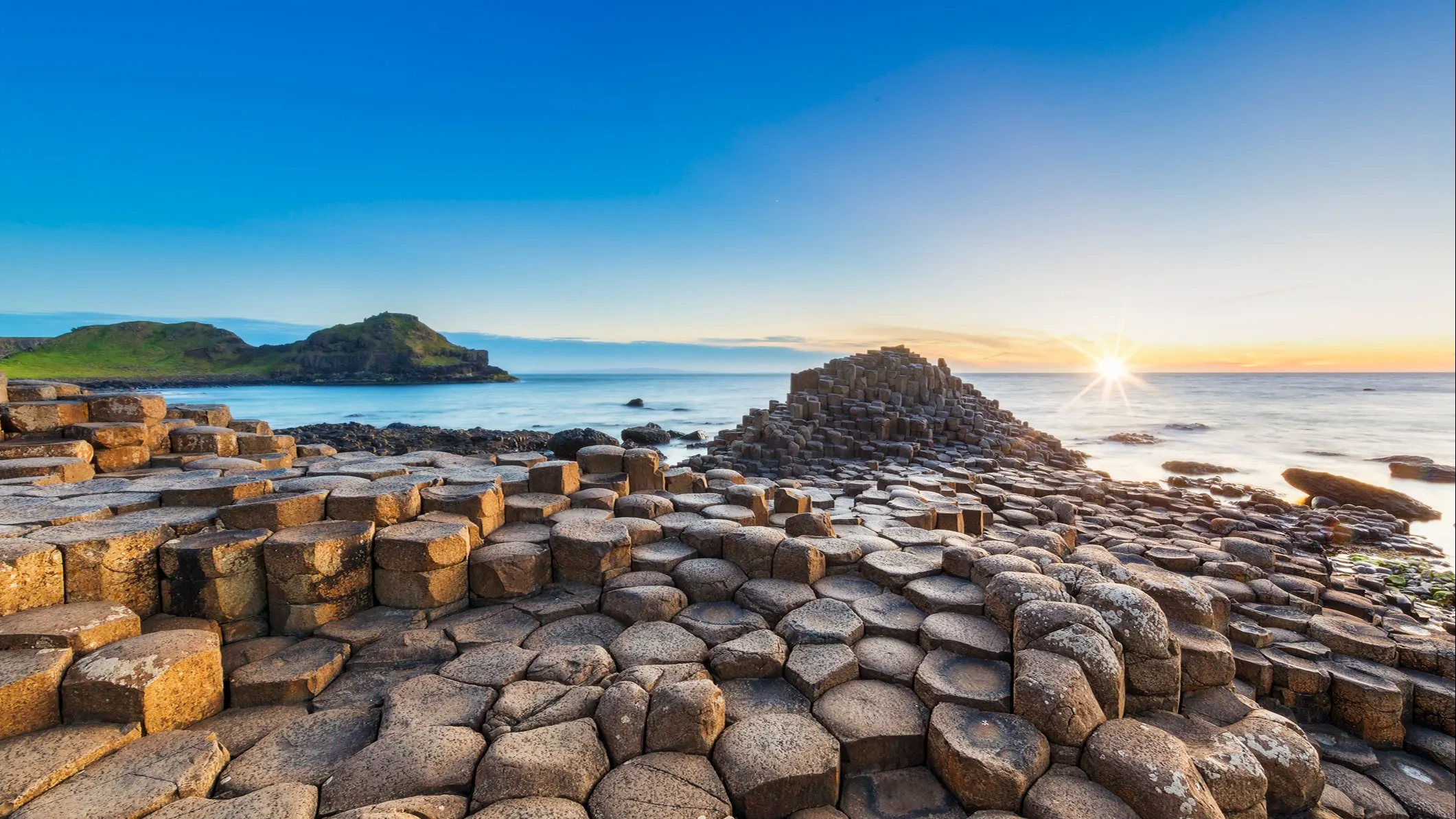
Ireland’s coastline is an embarrassment of beauty. There are simply thousands of hidden beaches on the island. For the most part they’ve been “hidden” because the Irish climate doesn’t usually lend itself to beach culture. But if you’re willing to gamble on another great summer like 2018’s, you could score a pristine, heavenly beach to yourself in 85 F warmth.
Black lava rock formations plunge into clear water
Which to choose? Try the Causeway Coast, right at the top of the island. Tourism in the region centers on the resorts of Portrush, Portstewart, and the vast white-sand beach of Whitepark Bay. The Bushmills distillery runs tours of the oldest whiskey-producing operation in Ireland, and there’s a narrow-gauge train service in summer connecting the town with the Giant’s Causeway—a geological curio of naturally formed octagonal basalt columns that slope into the sea.
Take a side-trip to the teetering ropebridge at Carrick-a-Rede, or to nearby Ballintoy harbor—a filming location in Game of Thrones.
If you crave something truly remote, a secret beach awaits just over a mile east of the Giant’s Causeway. There’s no road—you’ll have to follow the cliffside walking path from the Causeway visitor center to a high point just past Lacada Point where the trail switches back 180 degrees. Directions are difficult, but you’ll know when you’ve arrived. Once you see the smooth U-shaped glen rolling down to the Atlantic breakers in its cleft, you’ll forget your weary legs.
It’s a jewel, overflown by herring gulls, Canada geese, redshanks, curlews, and an occasional lost swan. The water is cool, clear, and empty.
For a post-dip feast, head to one of the many take-away diners of Portrush for a traditional supper of battered cod and chips, best eaten while strolling on the East Strand promenade, with views of the Scottish Isles of Islay and Jura. Silver service, it’s not, but fine dining…you bet.
Mondego Valley, Portugal
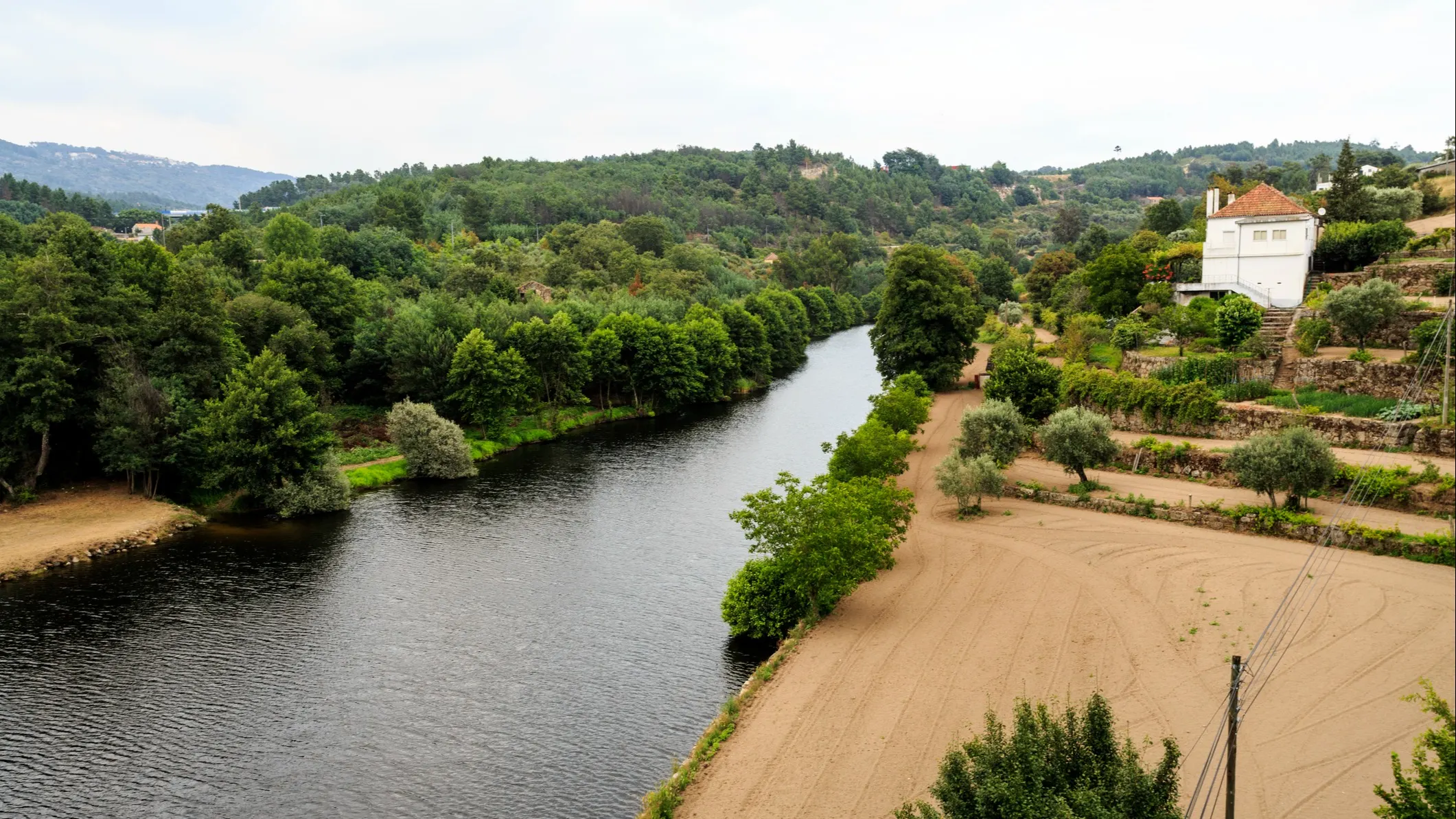
A twist in the tail for the final location. We never said it had to be on the sea, did we? Portugal’s marine history is an essential part of the country’s culture, but it’s only part of the story. Sure, you’ll find miles of untracked golden beaches along the country’s west and south coasts, from the wide expanses of Viana do Castelo in the north to the chummy urban playgrounds that are the city beaches of Costa de Caparica in Lisbon. In any but the tiniest of beach towns you’ll find exquisite fish markets wrought from cast iron and glass, with displays of just-caught seafood nestled on crushed ice (at giveaway prices).
In both the physical landscape of Portugal, and in the very soul of the country, the sea is front and center. But what are less-known, and often hidden from view to all but the best-informed travelers, are Portugal’s river beaches.
Just upstream from the university town of Coimbra, along the Mondego river in the direction of Penacova, are a series of river beaches. They’re there all year. But from May to September showers, cafés, changing facilities, kayak rentals, and the like are available.
Curved sandy beaches are hidden at various points along the river, but access from the N110 road can be tricky. One exception is the beach downhill from the bus stop (bus 43 from Coimbra) at the junction for Roxo/ Caneiro. Directly opposite, a small switchback road descends to the river’s edge.
Lounging on a sandy Mondego riverbank, taking a dip in the slow, lazy river, is an enchanting experience. On either flank, the valley sides rise steeply, dressed in the deep green of broadleaf forest. Eucalyptus scents the air, mingled with the floral fragrance of the ever-present bougainvillea. Walk through pine forest on a path erupting with wild mint and thyme—your sinuses will thank you for it. Crisp, lightly sparkling Portuguese vinho verde wine was made for quaffing in just such a scene. Best of all is knowing that you’re in a region renowned in Portugal for its cuisine.
You could try the local specialty— grilled lamprey—but you’ll be forgiven for giving that a wide berth. Instead, try the slow-cooked, wine-marinated goat stew called chanfana. It’s an earthenware potful of intense flavor, best washed down with a glass of hearty red Bairrada, or a robust Dão from the next valley south. It’s not the typical beach experience by any means, but that’s what makes it so special.
Related Articles
Europe’s Top 5 Affordable Retirement Havens
